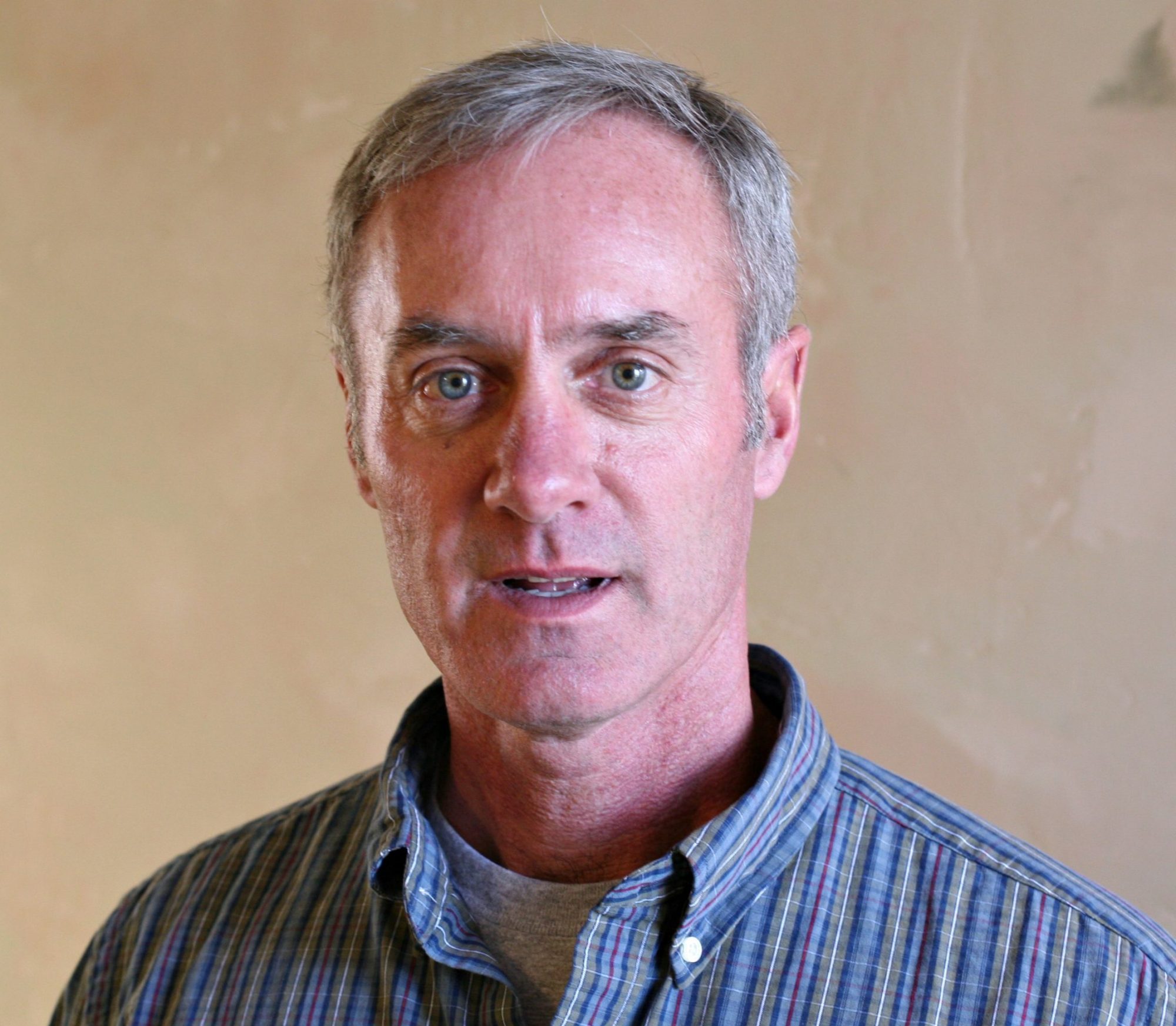The other day I was driving home from Park City and remembered that the fridge was empty. I stopped by the Kamas Foodtown for a few groceries. Kamas is still small enough that, in the way small towns ought to work, all the important politics and business happens at the grocery store, except the stuff that gets worked out through rolled down windows of pickups stopped in the middle of the road.
I had the good fortune to bump into Dave Ure at the doughnut case, and had a great conversation with him.
I’ve had at least a passing acquaintance with three generations of the Ure family. Dave’s father, Ed, spent years on the irrigation company board. In this part of the world, and that long ago, the irrigation company was a lot more important than county government.
Our families both had shares in a grazing co-op that owned a big tract of land between Oakley and Rockport for a while. Ed made the Marlboro Man look like a sissy.
I knew Dave mostly from his work on the old County Commission, and then in the state Legislature. There few political topics we ever agreed on, but when it came to looking out for Summit County’s interests, he was always right there. I enthusiastically voted for him every time he ran for office, and would do it again if he wasn’t moving.
Chris Ure and I were on the East Side Planning Commission together for many years. We butted heads pretty hard at times, but quickly came to realize that our vison of the future for the East Side was very similar. We just expressed it differently. I finished my term considering Chris a friend and a respected colleague. He then went on the county Health Board.
They sold their family ranch to the county, and are in the process of moving. After thanking Dave for the generations of service to the community, we got to the good stuff — what’s the new ranch like. It’s in Missouri, in a magic place where the hay grows and the pastures stay green all by themselves. No irrigation at all. No ditch company. No water turns. No restrictions.
To fully appreciate the joy in that, you need to know that the Ure Ranch was at the very bottom of a 15-mile ditch system with perhaps hundreds of headgates and turnouts upstream between them and the water source at the river. Despite a well-regulated system of turns and measurements, it’s fair to say there is a lot of “shrinkage” along the way. For 130 years, they fought for every drop. No wonder his dad had a reputation for being grumpy.
Dave said people in Missouri don’t even know what a canvas dam is. And the soil is so deep that fence posts can be pushed into the ground with a tractor bucket without ever hitting river cobble, boulders or ledge rock. The cattle don’t need to be trucked to and from the desert every winter. They hang out at the home ranch and get fat in naturally watered pastures.
Their thermometers don’t go below zero. Running a ranch under those conditions might actually be profitable.
I can’t imagine moving off a ranch that has been in the family for 130 years. We’ve been on our place about half that long, and I can’t walk a fence line without seeing a kind of horizontal totem of family and employees in the different repair techniques — that one is my grandfather, this one my uncle. My cousin’s work is easily identifiable, along with that of a hired man who worked for us for 52 years. The kind of saggy places are my handiwork, while he was teaching me how to mend a fence.
All of them are still present in every field and outbuilding. There are memories at every headgate, every place I nearly rolled a tractor.
The ghosts in Ures’ fields and barns go way back. Driving away will be very hard to do, but Dave is excited about learning the new place, and the idea that maybe Chris’ kids and grandkids will be there 50 years from now. I wish them the very best on a new adventure.
On other ancestral fronts, after all the family discussion about the name on Clyde Lake in the Uintas, I hiked up there again, starting at the Trial Lake trailhead.
We took a look at the historic Maycock family cabin. Just by chance, a family was staying there. A very friendly woman invited us in to see the nearly 100-year-old cabin. It was very cool, though we were too late for pancakes cooked on a wood-burning cook stove from ZCMI.
I explained my family connection to the Trial Lake dam, and the disappointment at learning that Clyde Lake was apparently named for Clyde Maycock instead of my great-grandfather.
She laughed and said that her family built the cabin in 1926, and by that time, everything around them was already named. Her great-uncle Clyde Maycock had nothing to do with Clyde Lake other than fishing there. There was even a note on the wall saying that.
So I feel somewhat vindicated, not that it matters. Clyde Lake was named for my great- grandfather. That’s my story and I’m sticking to it.

